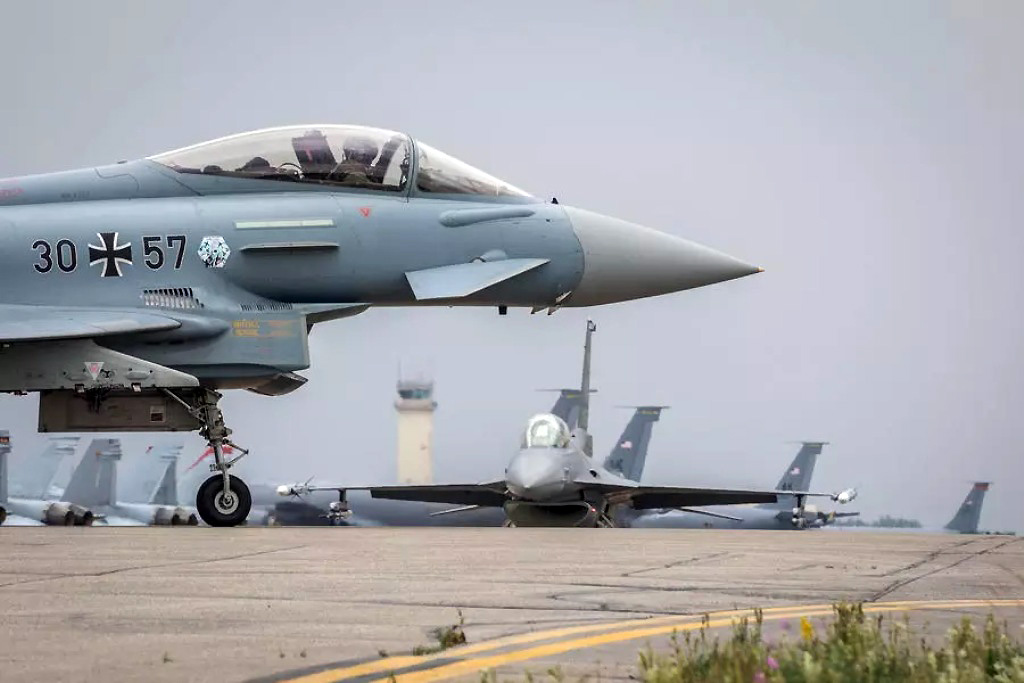Restructuring Army Aviation: A Strategic Approach to Talent Management
As the U.S. Army navigates a transformational phase within its aviation sector, officials underscore the necessity to optimize personnel while minimizing involuntary separations. This initiative comes amid shifts towards increased reliance on unmanned aerial systems and the strategic realignment of force capabilities.
Talent Panels: Empowering Leadership and Personnel
Major General Clair Gill, at the helm of the Army Aviation Center of Excellence and Fort Rucker, recently shared insights on the implementation of talent panels, aimed at retaining skilled personnel without imposing mandatory discharges. Speaking at the Association of the United States Army’s annual meeting, he emphasized that the panels are designed to enhance local decision-making, enabling commanders to counsel soldiers regarding their career aspirations and future roles within the military.
- Individual Engagement: Commanders are tasked with directly interacting with every affected soldier, within designated overstrength groups, to assess their career goals and preferences.
- Performance Evaluation: Soldiers will be sorted into merit-based tiers—top, middle, and bottom thirds—facilitating targeted discussions on their career trajectories.
Gill explained that this methodology intends to provide soldiers insight into their relative standing within their units, thereby encouraging proactive engagement with opportunities that align with their interests.
Targeted Reductions in Personnel Strength
The Army’s current reform strategy impacts primarily junior officers from years 2020 to 2023 and warrant officers from years 2022 to 2024. The impetus for reductions arises from a growing emphasis on unmanned aviation capabilities and the broader restructuring of Army forces. Notably, this process includes the planned discontinuation of cavalry squadrons within the continental United States.
- Focus on Voluntary Transition: Armed with the tools for personal development and career shifts, Gill indicates an optimistic approach; he aims to achieve necessary personnel realignment through voluntary transitions to other Army units, sister services, or civilian life.
- Involuntary Cuts as a Last Resort: Should mandatory separations become unavoidable, such measures are not anticipated for at least one to two manning cycles, extending to fiscal year 2027.
Organizational Resilience: Overstaffing Essential Units
Amidst these adjustments, Army leadership remains committed to maintaining organizational efficacy. To mitigate the impacts of manning reductions, the Army plans to intentionally overstaff attack battalions, thus boosting readiness and maintenance of critical units.
- Improved Tactical Readiness: By exceeding full capacity in these battalions, the Army anticipates enhancing the operational efficiency of units such as the AH-64 Apache squadrons.
- Strategic Personnel Redistribution: The Army envisions aligning personnel with available roles that match their competencies, creating a competitive environment where soldiers vie for positions tailored to their skills.
Career Path Advisement and Future Prospects
As soldiers engage with talent panels, they will explore not only traditional career avenues but also emerging roles within the unmanned aviation domain. Gill highlighted that mechanics specializing in Apache systems may find promising opportunities in tactical unmanned aircraft operations, demonstrating the Army’s commitment to evolving with technological advancements.
- Flexibility in Career Development: The initiative aims to not only resolve immediate personnel challenges but also cultivate a skilled workforce that is responsive to the evolving demands of modern military operations.
- Navigating New Frontiers: The strategic pivot towards unmanned systems underscores the importance of adaptability in career planning for soldiers, opening doors to roles that are increasingly vital in today’s defense landscape.
Ultimately, the Army’s comprehensive approach to talent management exemplifies an evolving understanding of workforce dynamics within military operations. By prioritizing soldier engagement and maintaining organizational adaptability, the Army seeks to ensure its personnel are not only retained but also positioned for success in a rapidly changing defense environment.





